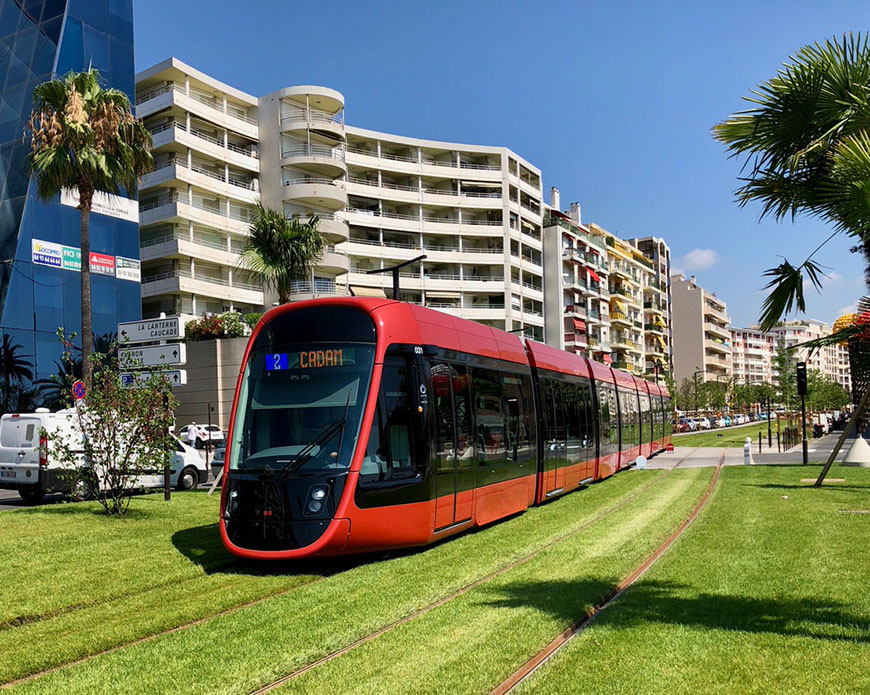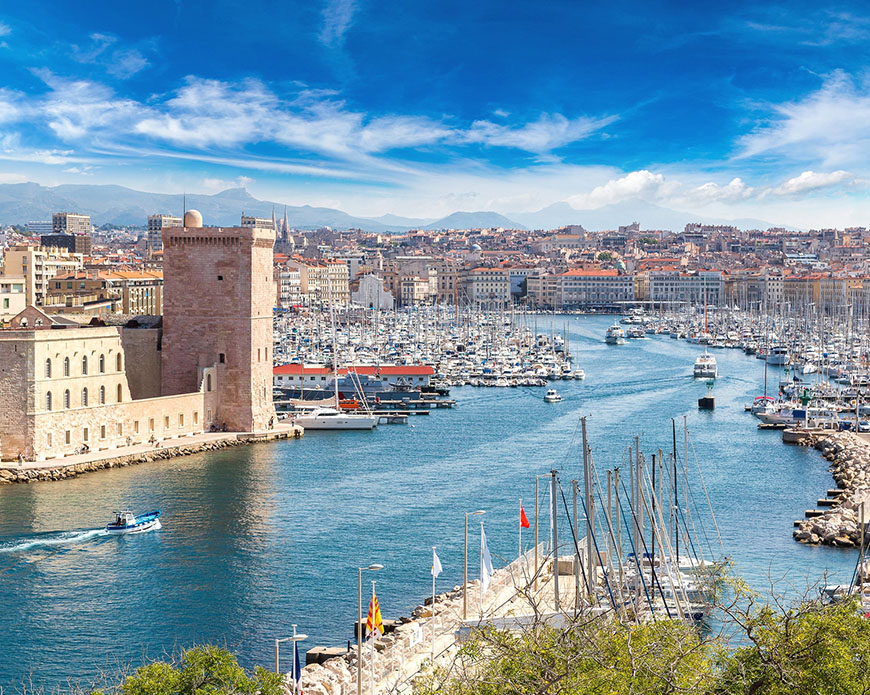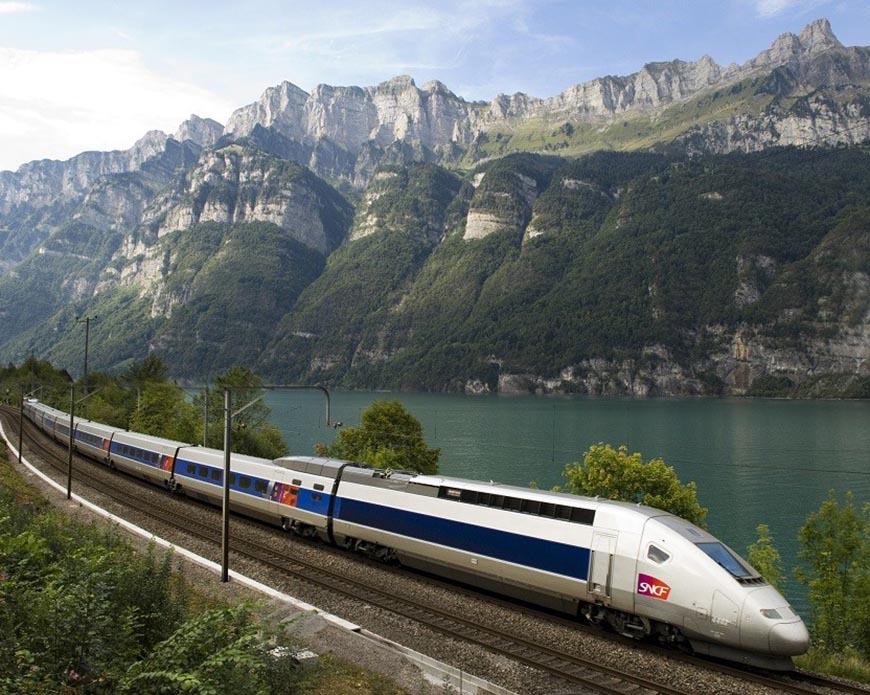Nice, a jewel on the French Riviera, is a city brimming with culture, stunning views, and a well-organized public transportation system. During my recent trip, I immersed myself in navigating Nice using buses, trams, and trains. Here’s a detailed account of how to master public transport in Nice, based on my personal experience.
1. Buses: The City’s Arteries
Nice’s bus system is a lifeline for many residents and visitors. The network, managed by Lignes d’Azur, covers not only the city itself but also extends to nearby towns and villages. It’s a practical choice for reaching locations not accessible by tram or train.
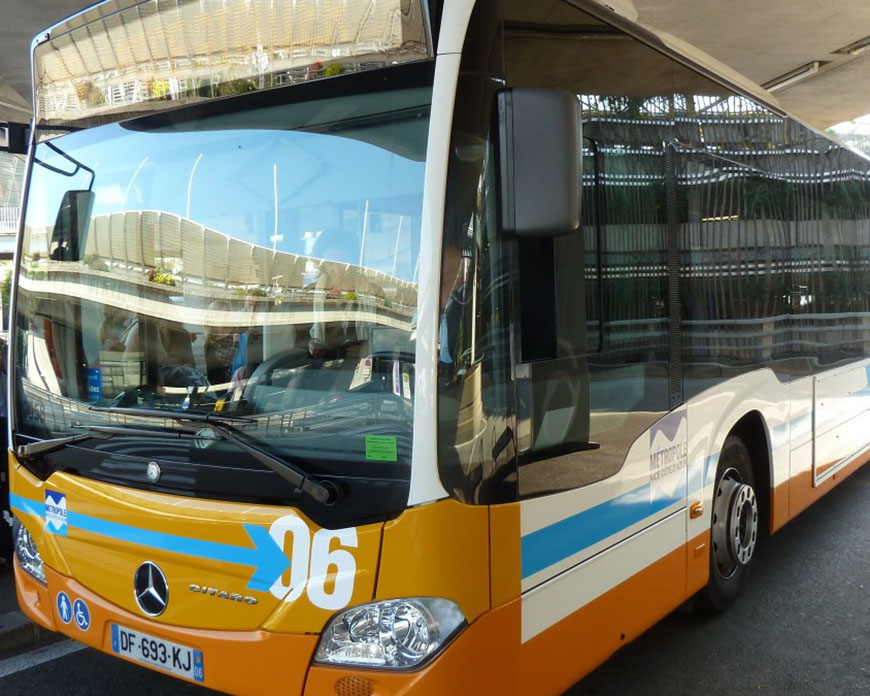
How to Use the Bus System:
- Routes and Schedules: The bus system is extensive. For example, Bus 12 runs between Nice-Ville Railway Station and Aéroport Nice-Côte d’Azur, making it ideal for airport transfers. Buses are also great for reaching neighborhoods like Cimiez or Mont Boron. You can check the routes and schedules on the Lignes d’Azur website or via their app. The bus stops are well-marked, and each stop has a timetable display.
- Tickets and Passes: Tickets can be bought at kiosks, from bus drivers, or using the Lignes d’Azur app. A single ticket costs around €1.50. For frequent travelers, consider a day pass or multi-ride tickets, which offer better value. The tickets are valid for 74 minutes of travel, allowing for transfers.
- Experience: I found the buses to be reliable and relatively clean. The drivers were generally polite, and the buses adhered to the schedules fairly well. However, during peak hours, buses can become quite crowded, so it’s best to plan accordingly. For instance, catching a bus around 9 AM can mean standing room only if you’re heading to central locations.
Personal Tip: Download the Lignes d’Azur app for real-time updates and route planning. It was particularly useful for checking bus arrival times and navigating the city efficiently.
2. Trams: The Modern Touch
Nice’s tram system, operated by Lignes d’Azur, is modern and efficient. It’s perfect for getting around central Nice and is especially useful for short to medium distances.
How to Use the Tram System:
- Lines and Stops: There are three tram lines in Nice:
- Line 1 (T1): This line runs from Hôpital Pasteur in the north to Porte de la Paix in the south, passing through major spots like Place Masséna and Jean Médecin.
- Line 2 (T2): Connects Port Lympia to Cadam, covering areas like Gare du Sud and Nice-Riquier.
- Line 3 (T3): Extends from Arenas near the airport to Valrose Université.
Trams are frequent and the stops are conveniently located near key attractions and shopping areas. - Tickets and Passes: Similar to buses, tram tickets can be purchased at stations, from vending machines, or via the Lignes d’Azur app. A single journey costs approximately €1.50, with options for day passes and multi-ride tickets.
- Experience: Trams in Nice are clean, punctual, and offer a smooth ride. The trams are a great way to see the city as they pass through many interesting areas. The interior is comfortable, with ample seating and air conditioning. I particularly enjoyed the ride on Tram Line 1, which gave me a great view of the city’s historic and commercial areas.
Personal Tip: The trams are often less crowded than buses, making them a good option for a more relaxed journey. Still, avoid peak hours if possible to enjoy a more comfortable ride.
3. Trains: For Wider Exploration
For trips beyond Nice’s city limits, the train system is an excellent choice. It connects Nice to other French Riviera cities and beyond, including Paris and Italy.
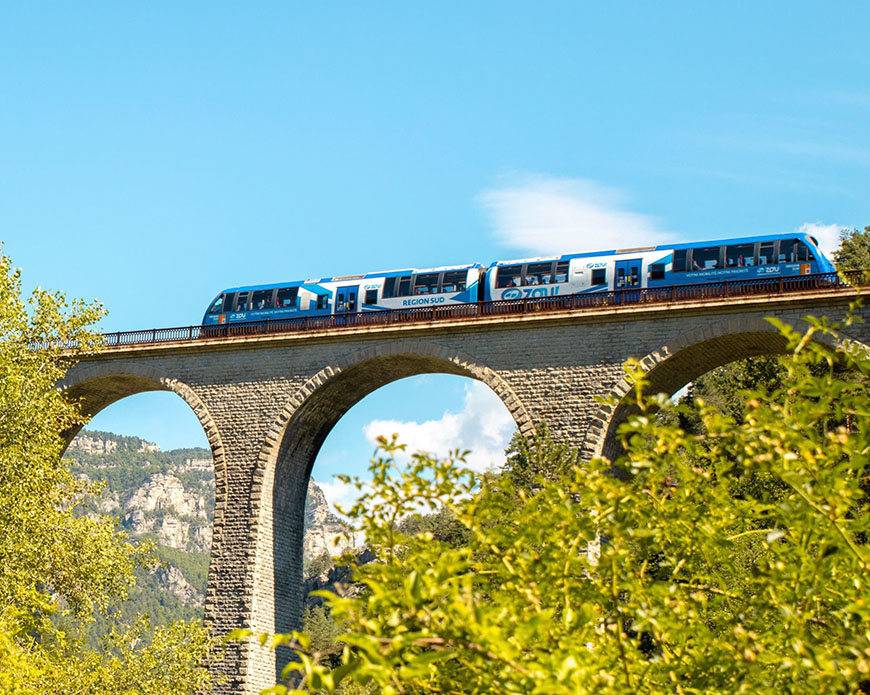
How to Use the Train System:
- Stations and Routes: The main train station is Gare de Nice-Ville, centrally located near the Jean Médecin shopping district. Trains here include regional TER services and high-speed TGV trains. Regional trains can take you to cities like Cannes and Monaco, while TGV trains are suited for longer journeys, such as to Paris.
- Tickets and Booking: Tickets can be bought at the station, online via SNCF’s website, or through their app. Prices vary based on the destination and type of train. Booking in advance often offers significant savings. For instance, a TGV ticket to Paris can range from €50 to €150 depending on how early you book.
- Experience: I found the trains to be well-maintained and punctual. The journey to Cannes was smooth and comfortable, with clean facilities and scenic views of the coast. However, it’s wise to be aware of potential delays, particularly with regional services.
Personal Tip: For popular routes, such as to Paris or Monaco, book your tickets well in advance to get the best prices and avoid last-minute hassles.
Navigating Nice: Practical Tips
1. Using Transportation Apps:
Apps like Lignes d’Azur and SNCF are indispensable. The Lignes d’Azur app provides real-time information on buses and trams, while the SNCF app is crucial for train schedules and bookings. I used both extensively during my trip and found them to be reliable and user-friendly.
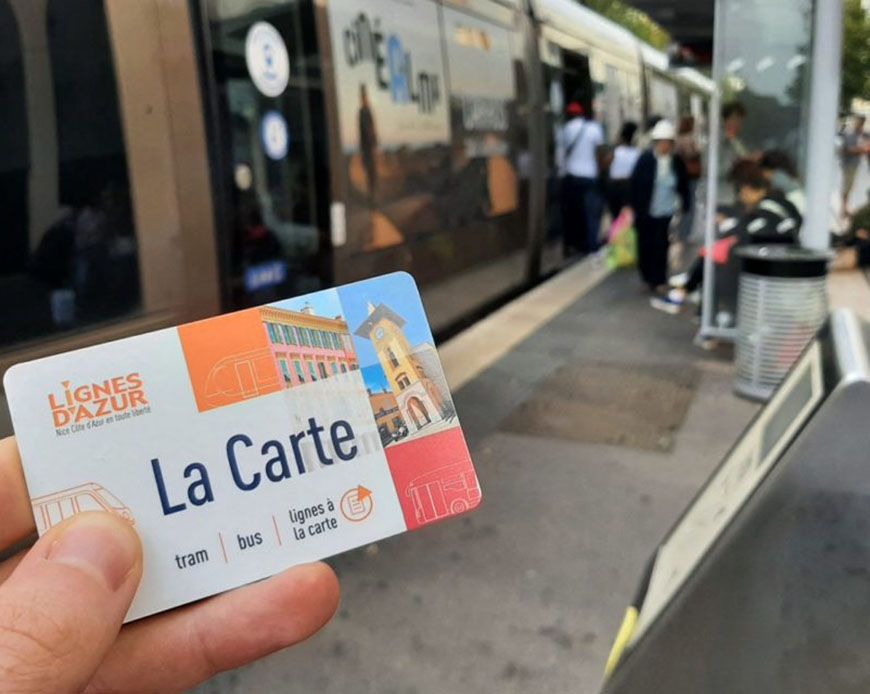
2. Understanding the City Layout:
Nice is relatively compact, and many of its key attractions are within walking distance of each other. The Promenade des Anglais runs along the coast, and the tram lines run parallel to this, making it easy to travel from the beach to the city center. Familiarize yourself with the layout of the tram and bus lines to make your journey smoother.
3. Language and Communication:
While many locals speak English, especially in tourist areas, knowing a few basic French phrases can be helpful. Simple greetings and asking for directions in French were appreciated by the locals and made my interactions smoother.
4. Safety and Security:
Nice is generally safe, but it’s always wise to stay vigilant. Pickpocketing can be an issue, particularly in crowded areas like markets and tourist spots. Keep your belongings secure and be aware of your surroundings.
5. Cost and Budgeting:
Using public transportation is affordable, but if you plan to travel extensively, consider purchasing multi-ride tickets or day passes. Budgeting for transport will help you manage your expenses and enjoy the city without financial stress.
Navigating Nice by bus, tram, and train is straightforward and convenient. Each mode of transport offers unique advantages, from the extensive bus network to the modern trams and regional trains. By understanding how to use these systems effectively, you can explore Nice efficiently and enjoy everything this beautiful city has to offer. From the bustling markets to the serene coastline, Nice’s public transport system will help you make the most of your visit, allowing you to experience the city like a true local.
